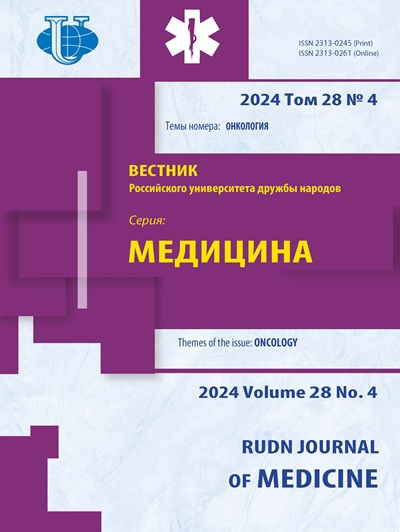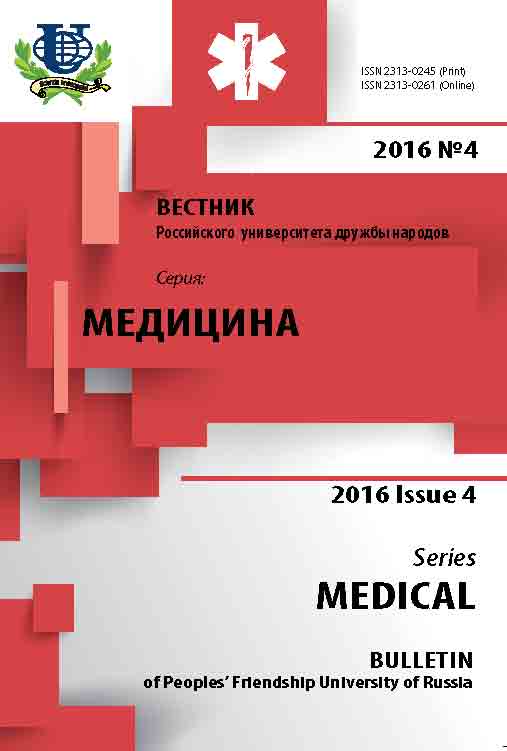Abstract
The article is based on our clinical experience and modern tendencies of development of minimally invasive surgery. It contains analysis of percutaneus osteosynthesis of pelvic fractures with various metal fixation devices. We analyzed 74 cases of pelvic fractures in which minimally invasive osteosynthesis was used. The patients underwent operative treatment with cannulated screws and new metal fixation devices - CITO screws. The innovative technology showed its high clinical efficiency, its advantages and weak points were analyzed. The majority of pelvic ring injuries are life-threatening and are often accompanied by fractures of other parts of the skeleton and injuries of internal organs. High quality operative treatment of pelvic fractures is often limited by severe general condition of patients and the necessity of simultaneous operative treatment of internal organs and injured parts of musculoskeletal system. Thus, on the one hand, it is necessary to provide high quality fixation of pelvic bone fragments, on the other hand, it is important to reduce surgical aggression during osteosynthesis. The most serious conditions are pelvic ring fractures associated with acetabular fractures, when there is need for intracapsular acetabular fracture stabilization for successful pelvic functional recovery. Acetabular fractures still remain one of the most crucial issues of modern traumathology. Disability, low life quality, hip arthroplasty are the main sequences of inadequate treatment of such fractures. Conservative treatment results in disability in 22-66.7% cases, that is 3 times more frequent compared to the level of disability after operative treatment (1, 2, 3). Only operative treatment makes it possible to achieve successful longtime functional recovery (4). Open reduction with internal fixation is associated with large surgical incision, massive intraoperative blood loss and high risk of infectious complications. The main recognized condition for bone fracture consolidation is intact blood supply of fragments, that is provided only by minimal surgical invasion (5, 6, 7, 8). Thus, development and implementation of implants and minimally invasive methods of bone fragments stabilization are main innovative tendencies of internal osteosynthesis development. The aim of our research was to develop minimally invasive osteosynthesis technologies and to invent a new metal fixation device.
















